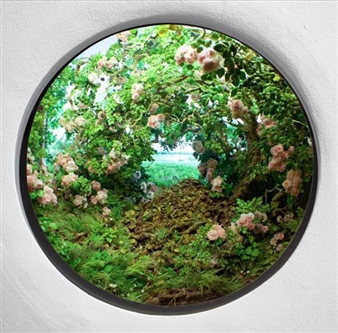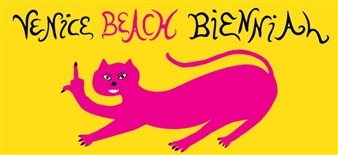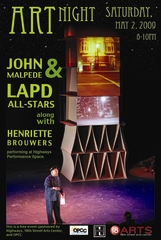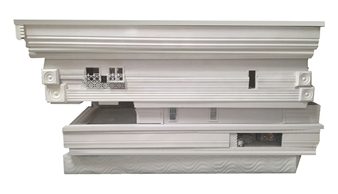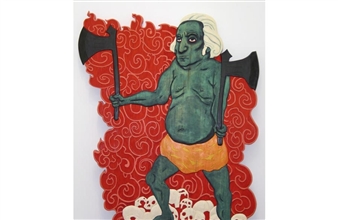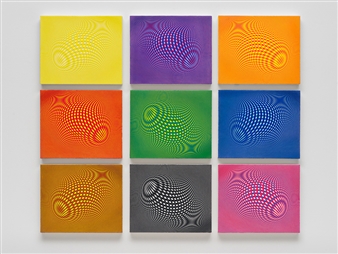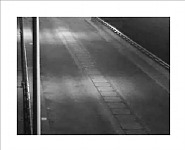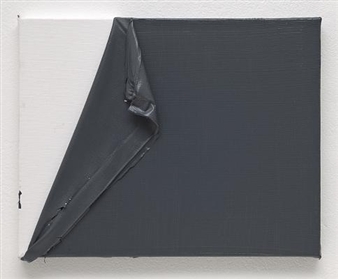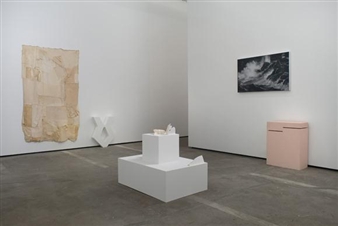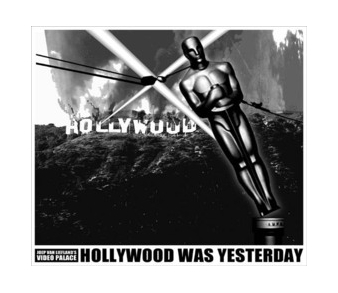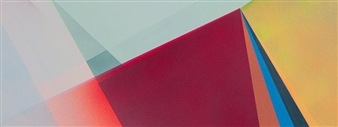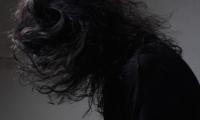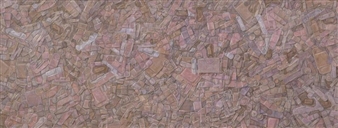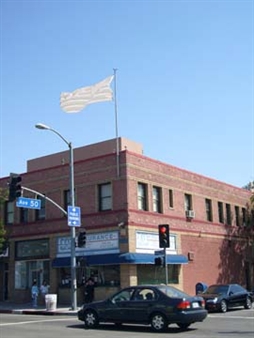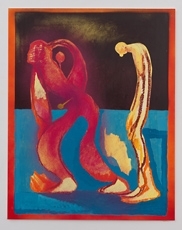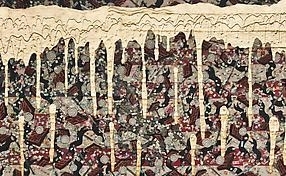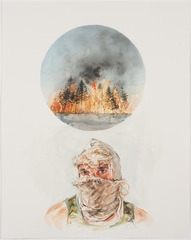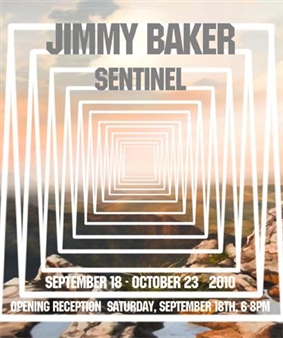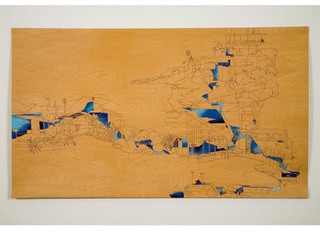TMR as HUB: Exquisite Corpse
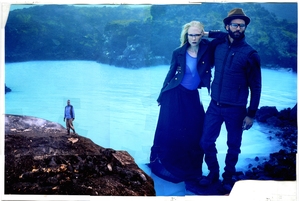
The Mistake Room, California, Los Angeles, 05/14/2016 - 07/02/2016
1811 E. 20th Street
The Mistake Room is pleased to launch TMR a|s HUB--a new initiative that expands our mission as a genuinely global focal point in Los Angeles. TMR a|s HUB strives to challenge conventional support frameworks for the non-profit organization as it generates dynamic collaborations that collectively help us re-imagine the possibility of a new thoughtful, ethical, and forward-looking sustainability model for the independent arts institution. Occurring occasionally, this initiative will bring distinct cultural entities from other cities around the globe to Los Angeles for temporary moments of existence. Ranging from museums to non-collecting institutions, artist-run spaces and schools, galleries, publishing houses, public archives, music venues and events, and pop-up restaurants, TMR a|s HUB allows us to broaden our curatorial platform to showcase entire cultural spaces from other cities that are crucial to the well-being of the creative ecologies in which they exist. During each instance of TMR a|s HUB, The Mistake Room will also produce unique off-site exhibitions and projects throughout the city. These experimental curatorial spatialities will re-imagine the form of the exhibition itself with each iteration and be thematically organized to complement the ambitious solo commissions and presentations of our program. The first participant of our TMR a|s HUB project is Galerie Chantal Crousel, Paris, France, that will organize an exhibition titled Exquisite Corpse.
The exhibition Exquisite Corpse is named after and based on the principle of the game invented by André Breton and the Surrealists in 1925 in Paris to liberate unconscious thought by means of random word and image associations. At first they played with poetic language, developing thereafter into collaborative drawings. Surrealist dynamics undermined the logic imposed by language or the figurative and symbolic codes governing the representation of the body in between the two wars. In the current moment of acute disarray, the deregulated and chaotic imagery in the media offers both the pleasure of anonymous flesh and increasingly morbid depictions of casualties with unclear origins--at once monstrous and fascinating, and increasingly surreal. Chaotic order and confusion convey a beauty that sometimes best reflects the world but also allows us to better grasp it.
Gathered at The Mistake Room, works based on fragments, on the principle of collage, or on collaboration conjure the original surrealist spirit. But the exhibition itself should also be envisioned as an exquisite corpse itself. In this playful process, the same bodies are subject to new associations, giving rise to other, possibly more irrational narratives.
The first approach to an object is metonymic: through fragments, or a cut out of a bigger images. Limbs or body parts might suggest fetishes--a section of Danh Vo's scattered statue of liberty, a split jewelry display bust by Clement Rodzielski, a bronze head or a torso in the hands of Gabriel Orozco, a concrete cast of a horror mask by Jean-Luc Moulène, or a detail of an uploaded photo of GI's celebrating Halloween in Afghanistan by Allora & Calzadilla. Other elusive or abstract bodies also appear in Andy Warhol's ambiguous urine splash signature, Fabrice Gygi's leather envelop, Heimo Zobernig's bean bag, or David Douard's deflated airbag.
In addition, contradictory images, removed from their contexts, are combined to scramble our readings. While Wolfgang Tillmans takes aim at image production (while wandering in digital printing and food processing fairs), Thomas Hirschhorn eliminates the hierarchy between fashion and war photography, Haegue Yang celebrates hybridity with a figurative hay vase associating traditional craft and modernity. Furthermore, Roberto Cuoghi's eroded gondola pole becomes a demonic monument for the Mesopotamian god Pazuzu. Abraham Cruzvillegas's recent self-portrait ironically delineates the complexity of his own persona and equilibrium. Oscar Tuazon and writer Ariana Reines collaborated on a Greek-inspired, erected herm, conjugating their differences and affinities.
Hybridity, and ambiguity are indeed the core of any collaborative work which invites distance, a strategy abolishing monolithic authorship that the Surrealists also embraced. Reena Spaulings collectively painted parts of the auto racing and advertising spokeswoman Danica Patrick, while Lisa Jo and Amy Yao seduce us with the trailers for a feature film.
For More Information